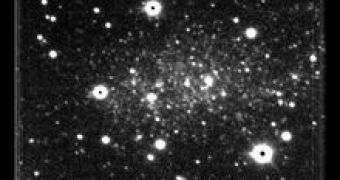Astronomers are, at least for the time being, the people "going where no man has gone before". And what they find there sometimes exceeds our greatest expectations.
NASA's astronomers have just discovered a planet resembling Earth, in the constellation of Aquarius, at a "mere" distance of 15 light-years from our own solar system. And it's not called "Earth's bigger cousin" for nothing, because it's the only one out of the 155 extra-solar planets identified so far that has a metal core and a rocky surface, and in the same time orbits around a star very similar to our own Sun, the other ones being either gaseous or icy, the likes of Jupiter or Neptune.
But that's as far as the resemblance goes. This planet's proximity to its star makes it far too hot to support any type of life similar to Earth's, raising its temperature to between 400 and 700 degrees F (204-371 C). While Earth orbits the sun at a distance of about 93 million miles (150 million km), this extra-solar planet almost hugs its star, orbiting about 2 million miles (3.2 million km) from the star Gliese 876 in the constellation Aquarius, and racing around it once every two Earth days or so.
"It's a very unearthly world. It's likely to be the first rocky planet orbiting a star like our sun" said Jack Lissauer of NASA's Ames Research Center.
But finding it was by no mean easy. "It took 150 observations of this star to glean the existence of this Earth-like planet," said planet hunter Geoffrey Marcy of the University of California, Berkeley. "This will definitely be one of our favorite stars from now on."

 14 DAY TRIAL //
14 DAY TRIAL //